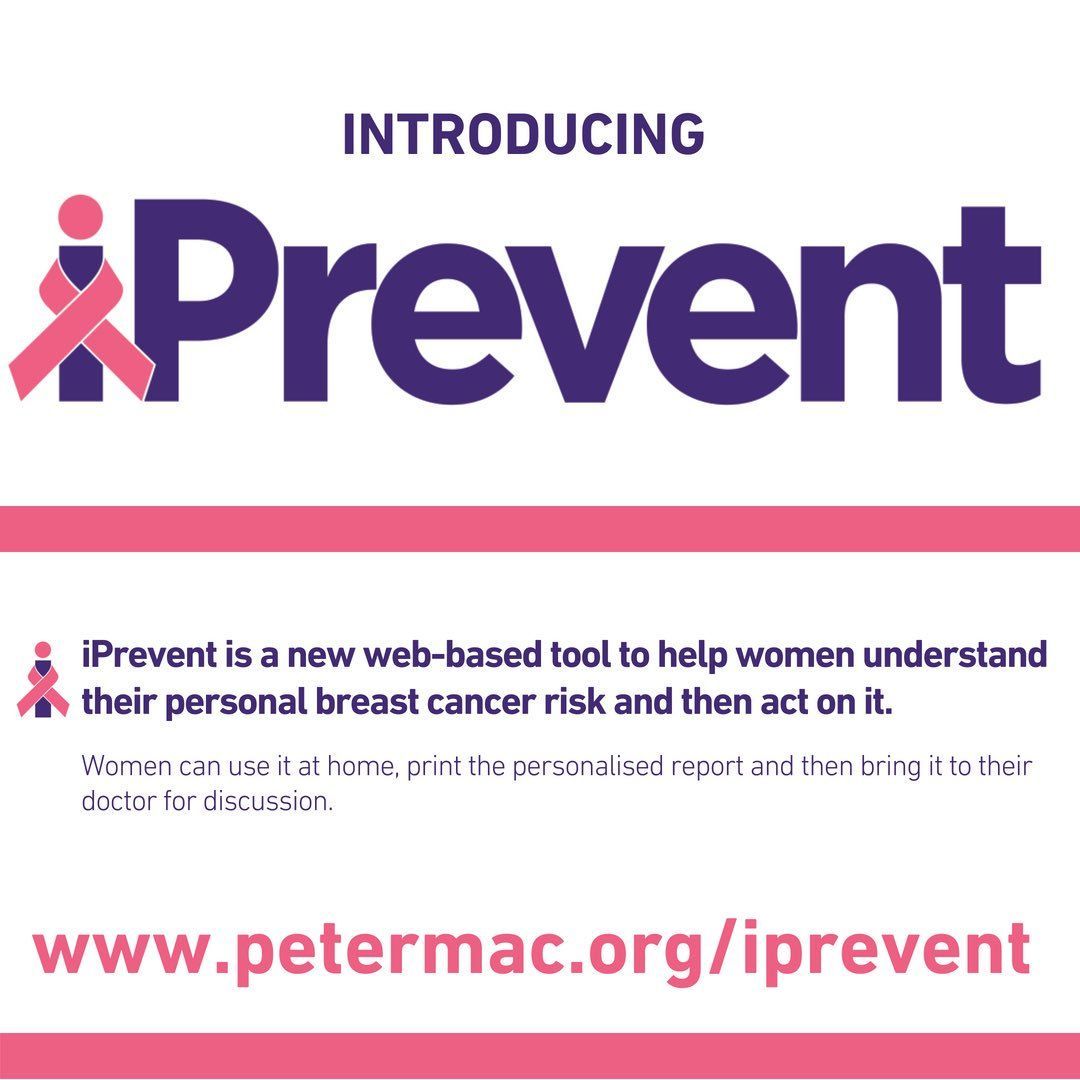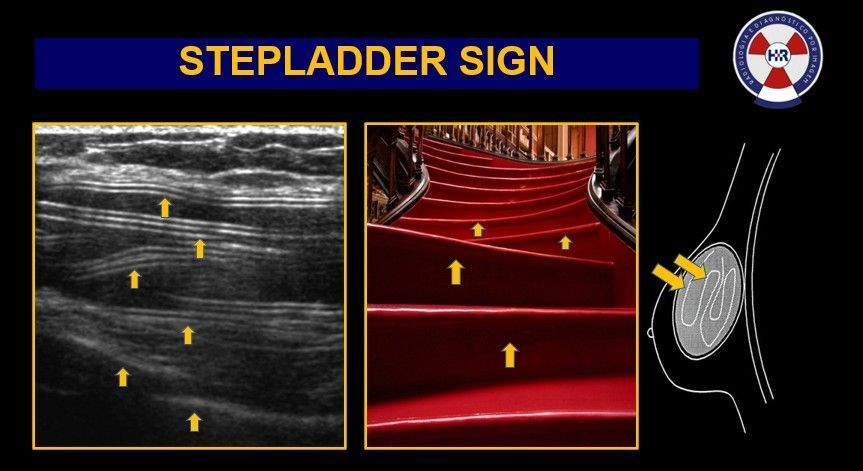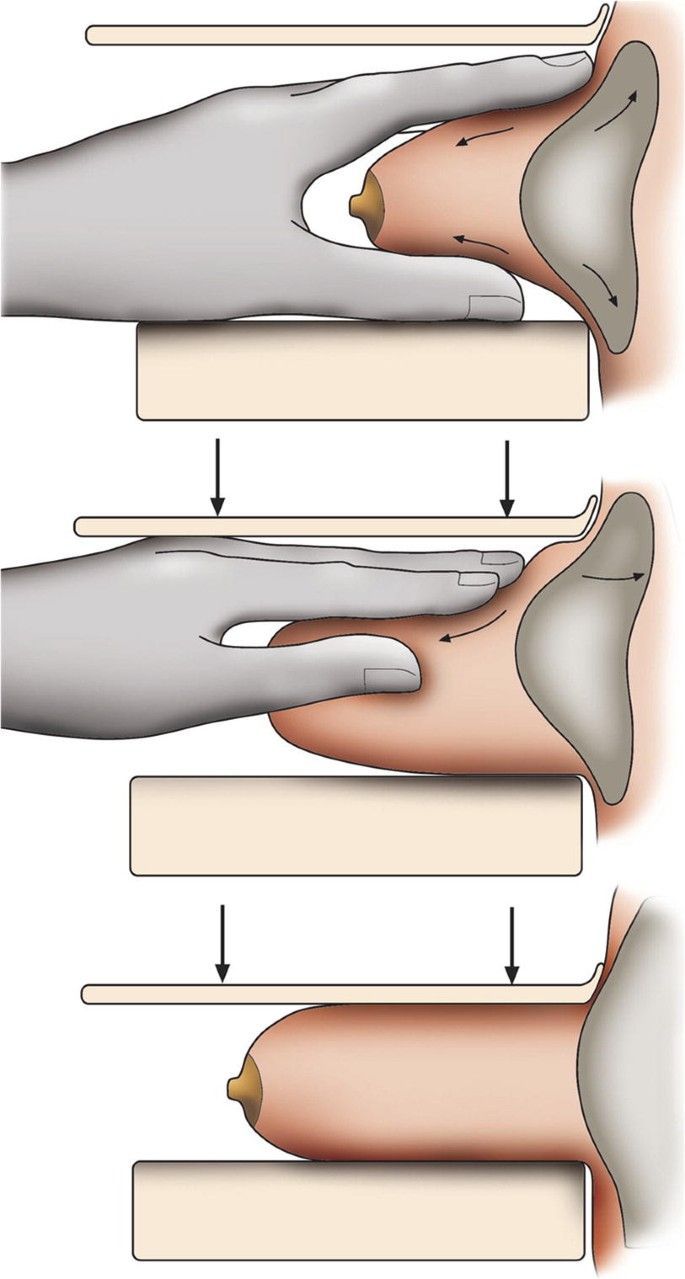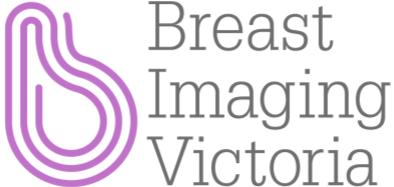Intraductal Papillomas
Did You Know? The Role of Advanced Imaging in Detecting the Often Overlooked Intraductal Papillomas
Intraductal papillomas may be small, but their impact on breast health shouldn’t be underestimated. At Breast Imaging Victoria, we leverage the latest in imaging technology to ensure that even the smallest changes don’t go unnoticed.
What are Intraductal Papillomas?
Benign tumours that develop in the milk ducts, typically presenting as nipple discharge, which can be clear, milky, or bloody, and occasionally as a palpable lump near the nipple.
Diagnostic Imaging Techniques:
- Ultrasound: Primary tool for initial assessment, providing detailed images of the papilloma within the duct.
- Mammography: Used to detect associated abnormalities or multiple lesions within breast tissue.
- Contrast-Enhanced Mammography (CEM): Offers enhanced visualisation of the breast ducts by highlighting areas of increased blood flow, which can be indicative of growths like papillomas or more serious changes. CEM is particularly useful when conventional imaging results are inconclusive or when a more detailed examination of the ductal structures is necessary.
Management and Monitoring:
- Surgical Removal: Recommended if there are associated atypical cells or significant symptoms.
- Regular Monitoring: For papillomas without atypical features, regular follow-up with imaging to monitor for changes.
Take Action:
If you notice any unusual symptoms like nipple discharge or a breast lump, it’s important to get them evaluated promptly. Early and accurate diagnosis, facilitated by advanced imaging like CEM, ensures effective management.
For expert care and comprehensive diagnostic options, reach out to us at Breast Imaging Victoria. We’re here to support you with the latest in imaging technology and a team dedicated to your breast health.




